A new wave of young Singaporean chefs is shooting for Michelin stars with hawker fare
Young restaurateurs are transforming hawker-inspired dishes into innovative fine dining, sparking debate over whether the Michelin Guide will finally recognise the city-state’s evolving culinary identity.
As chefs and restaurateurs in the Philippines get ready for the Southeast Asian country’s first Michelin guide to be published this month, everyone is holding their breath: will restaurants serving Filipino food clinch the coveted stars? Can pioneers such as Toyo Eatery and Metiz convince clandestine inspectors about the value of kinilaw (tangy, marinated raw fish) and sisig (grilled pork)?
In Singapore, which in 2016 became the first country in Southeast Asia to get a Michelin Guide (quickly followed by Thailand), no establishment specialising in local gastronomy – including the progressive kitchens at Candlenut and Labyrinth – has earned more than a solitary star. Contrast this with the city-state’s trio of three-starred restaurants: all are helmed by European chefs doling out contemporary continental cuisine.
While it’s fair to think that Western food is predisposed to Michelin’s Eurocentric rating system, Bangkok’s Sorn, which focuses on southern Thai flavours, made the three-star grade last year. It begs the question: is Singapore’s cuisine resigned to the confines of our beloved hawker fare, or can fine dishes with local ingredients make the culinary leap?
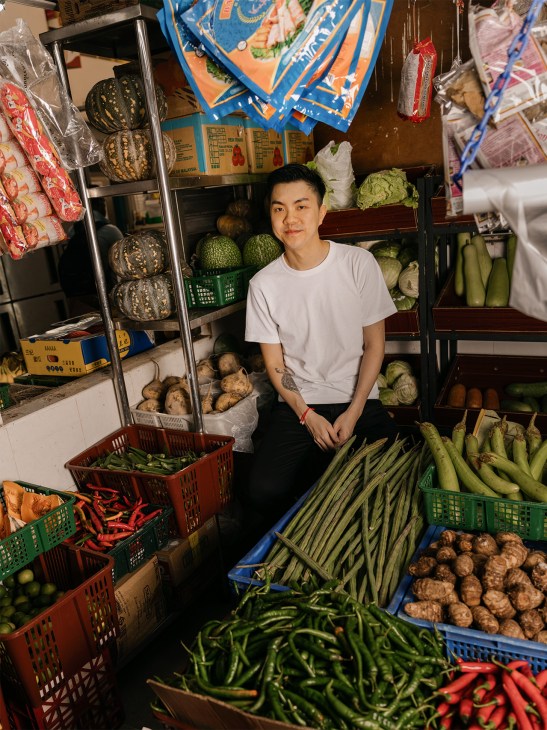
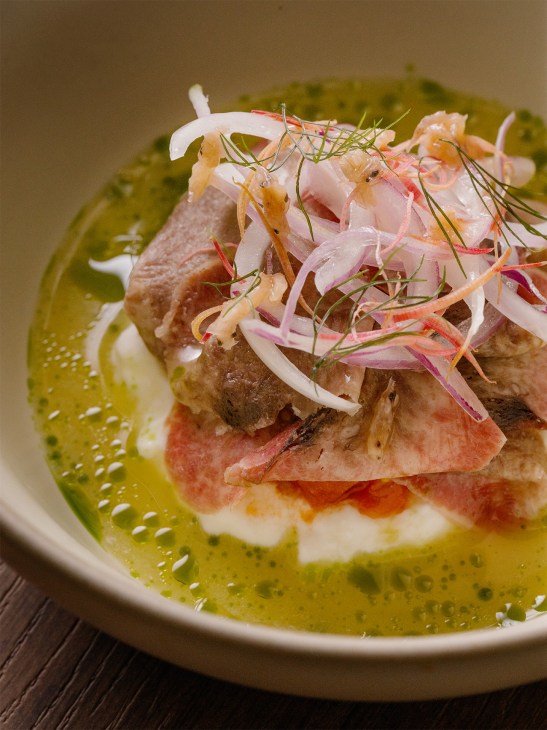
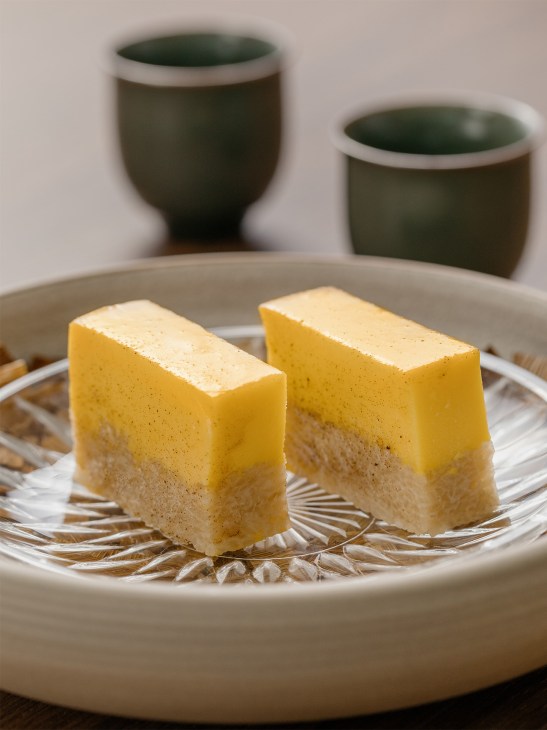
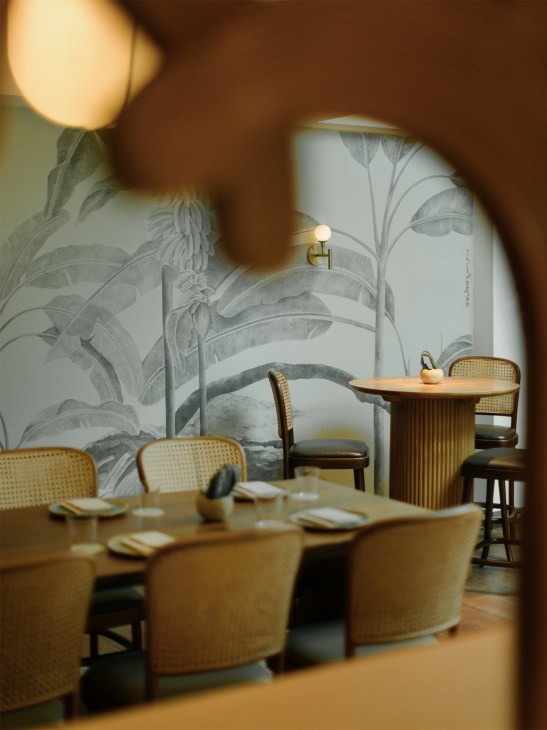
A new crop of young Singaporean chefs – many of whom have cut their teeth in kitchens abroad – is forging ahead with flair and grit to elevate their home country’s delicacies. “Hawker food is a source of pride and we should definitely preserve it. But we can also make room for new classics that reflect who we are today,” says Marcus Leow, who opened Belimbing in April. Named after an often overlooked fruit indigenous to Southeast Asia, the restaurant has been earning rave reviews for its original menu, including a corny (literally) twist on the traditional kueh salat (a bite-sized snack of pandan custard).
The 33-year-old chef developed his freewheeling approach to food during a stint at two-Michelin-starred Ikoyi in London. “When I saw how chef Jeremy Chan didn’t shy away from his Chinese heritage in an African-inspired restaurant, I realised that it was possible to pursue new directions in the context of Singapore food,” says Leow.
And Belimbing’s menu shows just that. Leow’s clam custard combines three iconic dishes – steamed egg, asam pedas (spicy and sour stew) and white pepper crab – in one bowl. Meanwhile, the smoked wagyu ox tongue melds starfruit and cincalok (a fermented krill condiment) with stracciatella. Some have questioned the fare’s Singaporean-ness but the chef sees them as an extension of the nation’s East-meets-West entrepôt history. “It was our immigrant forefathers’ openness to ideas and cultures that gave rise to innovative recipes,” he says. “That’s how simple ingredients and even scraps became classics, such as bak kut teh [pork rib soup].”
The conversation about elevating Singaporean food is not new. It began 20 years ago when chef Willin Low opened Wild Rocket, which paired laksa with linguine and roti prata (Indian flatbread) with tuna and caviar. A modern Singaporean or “Mod-Sin” movement was formed and a slate of intrepid chefs soon followed, deconstructing hawker meals in innovative ways and infusing classic street food with lavish ingredients. However, Low eventually closed the restaurant in 2018 – without ever earning a spot in the Michelin Guide – to focus on new ventures overseas. He returned to the city-state last year to open Pastaro, a Mod-Sin pasta bistro.
Ming Kiat Gan was one of the first to step into Low’s shoes. The chef-owner of fine-dining restaurant Mustard Seed takes no issue with the Mod-Sin label but he also believes that Singaporean food has made great strides. “Ingredient manipulation and the deconstruction of classic dishes are today seen as surface-level cooking,” he says. “The scene has evolved tremendously, where chefs are able to consider the cultural context and layer on fresh techniques to create sound dishes.”
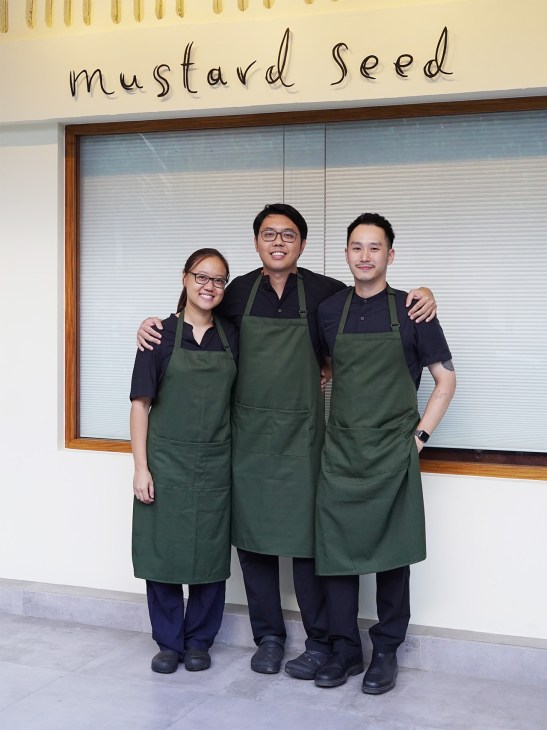
Gan’s cooking style came to a boil when he felt a cultural disconnect after five years at a traditional Japanese kaiseki restaurant. “There are many cultural nuances and practices to kaiseki food, and since I wasn’t living in Japan, I couldn’t see myself as a full-on Japanese chef,” he says. Learning a gastronomic culture vastly different from Singapore’s clarified his own culinary convictions. “I saw how proud the Japanese were of their cuisine and I wanted to connect with food in the same way, which meant taking a Singaporean slant to my dishes.”
After running a successful private dining pop-up with his wife, Shin Yin Wu, they opened Mustard Seed in 2019. The restaurant presents a tasting menu rooted in Singaporean flavours but packed with new pairings and techniques. For one of the first iterations, Gan distilled two of his favourite rice dishes – nasi lemak (coconut rice) and nasi ulam (herbed rice salad) – on a plate bursting with originality. Basmati rice cooked in a fish stock was finished off with spicy threadfin floss.
Desmond Shen, a rising star of Singaporean cuisine, joined Gan’s team last year. He too had worked in acclaimed kitchens overseas, such as Narisawa and Central, before returning home with a passion for his hometown fare. “Like most local chefs, I wanted to train in European restaurants and climb the ladder – but at the end of the day, the dishes didn’t speak to me,” he says. “How can I connect with a butter sauce when I don’t even know how butter is made?”
Despite a typical Mustard Seed meal costing 20 times that of a hawker meal, the restaurant has been booked out since it opened. Most of its diners are Singaporeans hungry for something different. “Many of our guests are pleasantly surprised by the food,” says Gan, who recently added nine seats to the space as part of a revamp. “Our dishes have left them feeling excited and comforted at the same time.”
Two decades on, Mod-Sin cuisine has finally come of age and it no longer matters if or when Michelin’s inspectors take notice.



